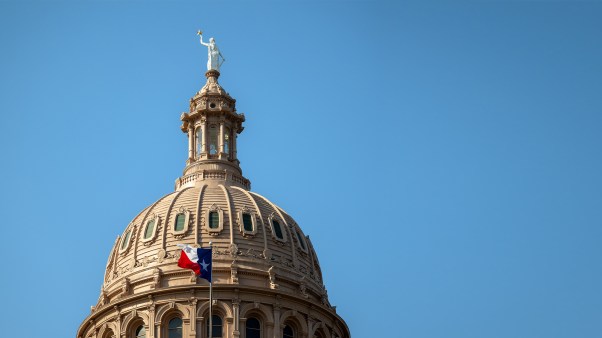In this series
Unlike other major movements in the Christian story, Pietism is difficult to illustrate in a sequential form. Its roots are varied and include the Reformation, Puritanism, Precicianism and Mysticism. Moreover, Pietism was not bound by a single culture, language, or political context as it spread through Europe to North America and beyond. Major Pietist thinkers and writers may be found in the Reformed, Lutheran, Catholic and Radical Reformation groups across a chronological period of a century and a half. Even these distinctions were not discreet altogether, for there were definite relationships between each of the branches of the movement. This chart suggests the chronological and relational dimensions of the major currents and branches of Pietism.
Reformed Pietism
ProgenitorJean deTaffin (1529–1602)
Theme “To Renew the Reformed Churches”
Major Characteristics Stress on preaching Emphasize pastoral workYouth catechism Daily Christian walk Societal reform
Major Writers Gottfried C. Udemans (1580–1649) William Brakel (1635–1711)Jean Labadie (1610–1674)Joachim Neander William A. Saldems (1627–1694)
American Outgrowths Michael Schlatter (1718–1790)Samuel Guldin (1660–1745 )Philip W. Otterbein (1726–1813)Theodorus Frelinghuysen (1692–1747)
Lutheran Pietism
ProgenitorJohann Arndt (1555–1621)
Theme “To Complete the Lutheran Reformation”
Major Characteristics Emphasize biblical theologyImportance of the individual before God Creation of an ethical dimensionOptimistic view of history
Major Writers John Tarnow (1586–1629)Auguste H. Francke (1663–1727)Joachim Lutkemann (1608–1655)Philip Jacob Spener (1635–1705)Christian Scriver (1629–1693)
American Outgrowths Henry M. Muhlenberg (1711–1787)Daniel Pastorius (1651–1720)Johann E. Schmidt (1746- 1812)J.H.C. Helmuth (1745–1825)
Moravian Pietism
ProgenitorBaroness Gersdorf (1656–1726)John Amos Comenius (1592–1670)
Theme “To Unite All True Believers with Christ”
Major Characteristics Vivid personal experience with Christ Missionary emphasis Strong Christology Ecumenical Christianity
Major Writers Nicolaus von Zinzendorf (1700–1760)August G. Spangenburg (1703–1792)Christian David (1690–1751)John Wesley (1703–1791)
American Outgrowths Peter Boehler (1712–1775)David Nitschmann (1696–1772)David Zeisberger (1721–1808)John Ettewein(1715–1802)Henry Antes (1701–1755)
Radical Pietism
ProgenitorPierre Poiret (1646–1719)
Theme “To Replace Ecclesiastical Forms with Genuine Personal Experience”
Major Characteristics Stress thorough conversionCentrality of love Separation from the worldDisdain for human sexuality
Major Writers Gottfried Arnold (1666–1714)Johann Dippel (1673–1734)Gerhard Tersteegan (1697–1769)Heinrich Horch (1652–1729)Ernst von Hochenam (1670–1721)
American Outgrowths Johannes Kelpius (1673–1709)Conrad Beissel (1690–1768)George Rapp ( 1757–1847)Joseph Bimeler (1778–1853)
Mysticism
Like the medieval mystics, Pietists stressed a true union of God through spiritual exercises and the contemplative life. Unlike the earlier mystics, mystical Pietists like Richard Sibbes, Joseph Hall, and Francis Rous spoke of the saving relationship between God and the individual soul as a gracious gift. Because this relationship was an intimate one, these writers often used terms of endearment in references to God.
Puritan Piety
In the continuing reformation of the English Church. numerous Puritan writers developed Pietistic affinities. Men like William Perkins. Jeremy Taylor, Richard Baxter and Robert Bolten spoke of the need to enliven dead orthodoxy by attending to spiritual exercises and daily devotions. Others like John Bunyan wrote about the Christian life as a pilgrimage. The work of holiness and the doctrine of sanctification received new emphasis, especially as related to the ministry.
Precicianism
A pre-Pietist movement in Holland, Precicianism was a stress upon the keeping of God’s law as revealed in Scripture. Exemplary of this group was Gottfried Udemans who wrote that the “soul of faith was good works.” Other Precicianists produced manuals for family devotions and spiritual exerc
Copyright © 1986 by the author or Christianity Today/Christian History magazine. Click here for reprint information on Christian History.











